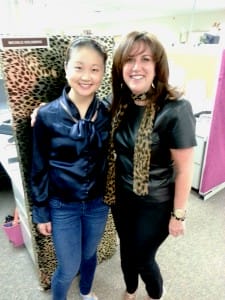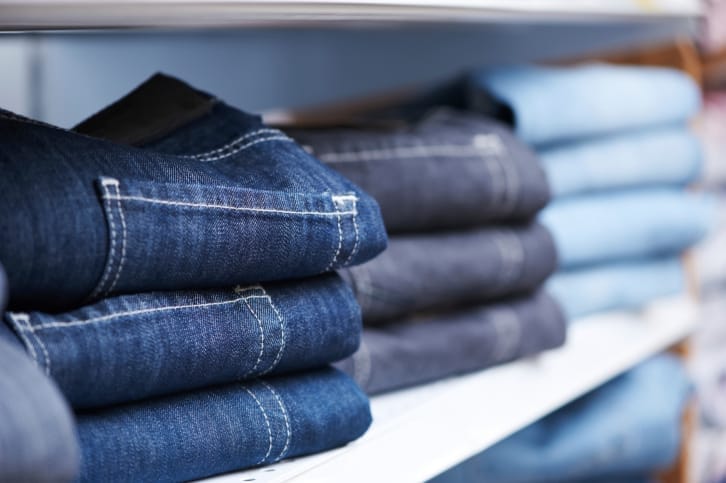It’s September, which means that back-to-school shopping season is almost over. But suppose you are a procrastinator and want a new pair of jeans. You walk into a department store and begin browsing your options. Blue jeans, black jeans, skinny cut, boot cut, this label, that label. You feel a bit overwhelmed by the possibilities. And suddenly you wonder how, out of all the denim that is manufactured in the world, these jeans were chosen and brought to your store?
The individuals who were responsible for that—finding the right jeans, negotiating the best price, and getting them to the consumer—are called “merchants” or “buyers.” This summer, I had the opportunity to work as a buyer.
In June, I began a 10-week internship program at Burlington Coat Factory in Burlington, NJ. Burlington is an off-price retailer that aims to deliver name-brand products at everyday low prices. My intern class was composed of 40 students, who were assigned to a variety of business areas: finance, e-commerce, marketing, IT and more. I had received an offer to work in merchandising, assisting a senior buyer in the Better Sportswear division.
At the most basic level, the role of a buyer is to buy goods that consumers will want, but in practice a buyer wears many hats. She must communicate with the suppliers that manufacture the goods. She negotiates costs and is responsible for pricing each item she buys. She also needs to manage the finances of her operation, stay up to date with fashion trends and keep an eye on her competitors. Everything a buyer does impacts the company’s sales revenue and gross profit. The job requires a combination of many disciplines—marketing, accounting, psychology, merchandising and even operations. The result is an engaging career that is continually evolving as retail, fashion and business progress.

The author with her manager during an internship at Burlington Coat Factory this summer
Although my daily tasks were somewhat unpredictable as an intern, there was some routine to the weeks. Monday, Tuesday and Friday were generally office days. On these days, I might sit with my manager to analyze reports to understand the current state of business. What styles sold well last week? How are inventory levels? Are we maintaining financial liquidity? I would also write purchase orders for deals my manager had negotiated—1,200 of a printed blouse to be delivered in December, or 8,000 units of assorted SKUs that would be stored in the warehouse and released next season. While at Burlington, I got to shadow planning and allocation and also e-commerce to see how other departments contributed to the company. I also collaborated with other interns to develop and launch an Instagram campaign. Some days, I would organize garment samples or accompany my manager on a “comp shopping” trip to a competitor’s store.
Office days were great because I was able to observe the inner workings of multifaceted corporate organization, but Wednesdays and Thursdays were my favorite because they were “market days.” In economics, you learn that a market is a place where supply and demand meet. As buyers for ladies apparel, our market was located in New York City’s Garment District. Twice a week, I would take a train to Penn Station to join my manager for a full day of vendor appointments. We would walk from showroom to showroom, meeting suppliers to see what they had to offer us.
I learned a lot during these appointments, about how to evaluate a garment, how to negotiate a great deal and how to build relationships with people in the industry. Market days could be long and tiring, but I had so much fun meeting people and learning about the trade that I never felt like I was working.
This summer, I discovered how fun work can be. I also experienced countless ways I could apply my Wharton knowledge to an engaging and meaningful career. I’m so thankful for the opportunity I had to work in off-price retail, and the next time I purchase a pair of jeans, I’ll be thinking about the person who picked them for me.
Editor’s note: This post first appeared on Wharton Undergraduate Program’s Student Voices blog on Aug. 28, 2013.

























